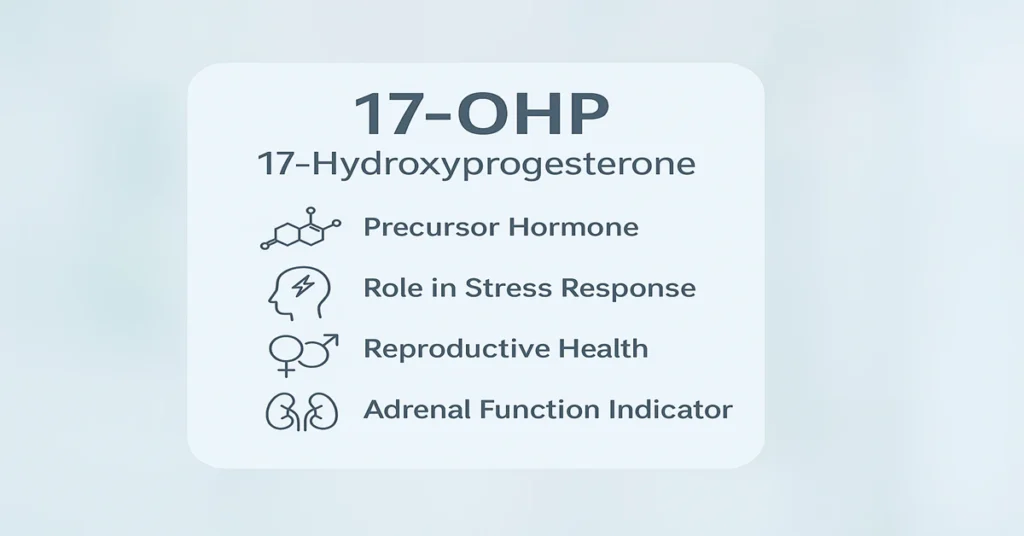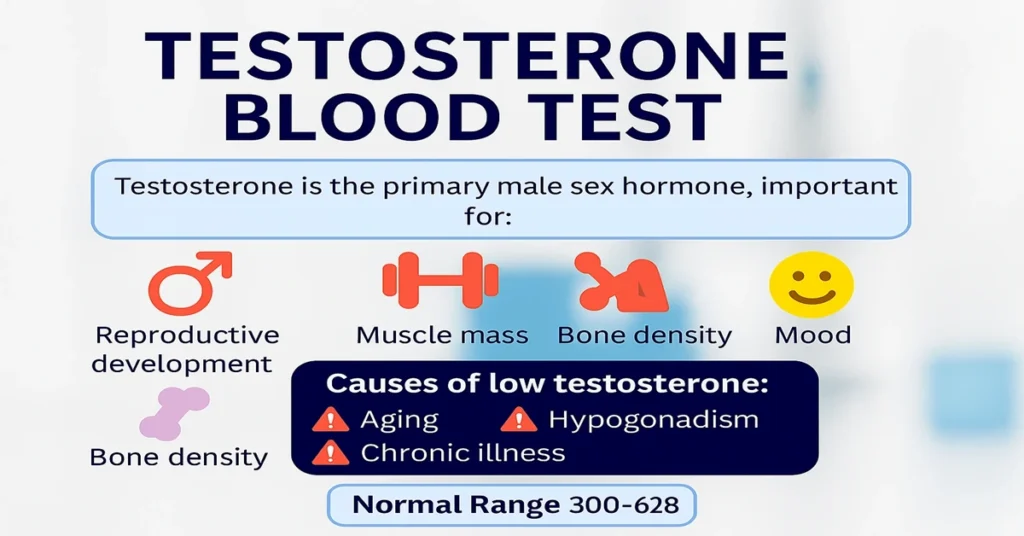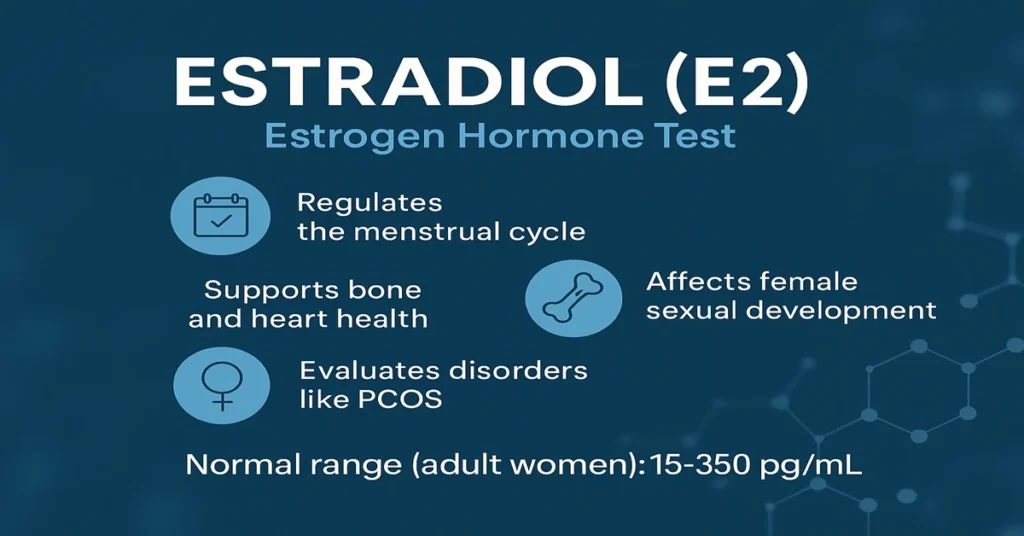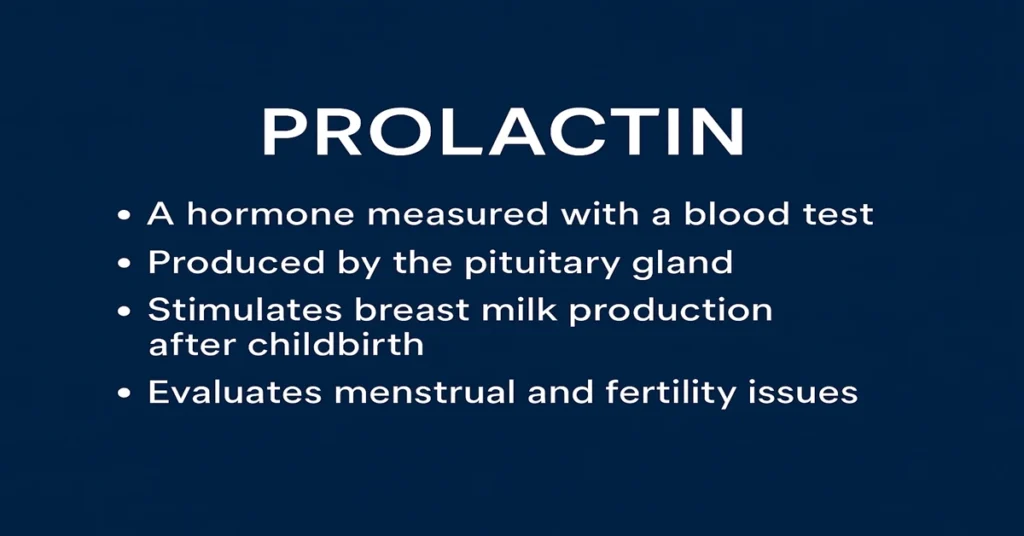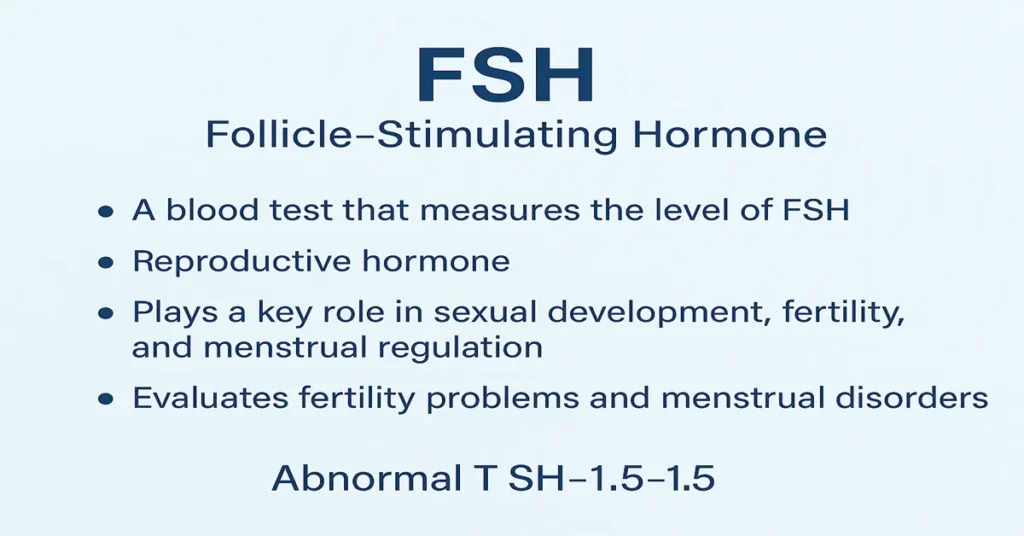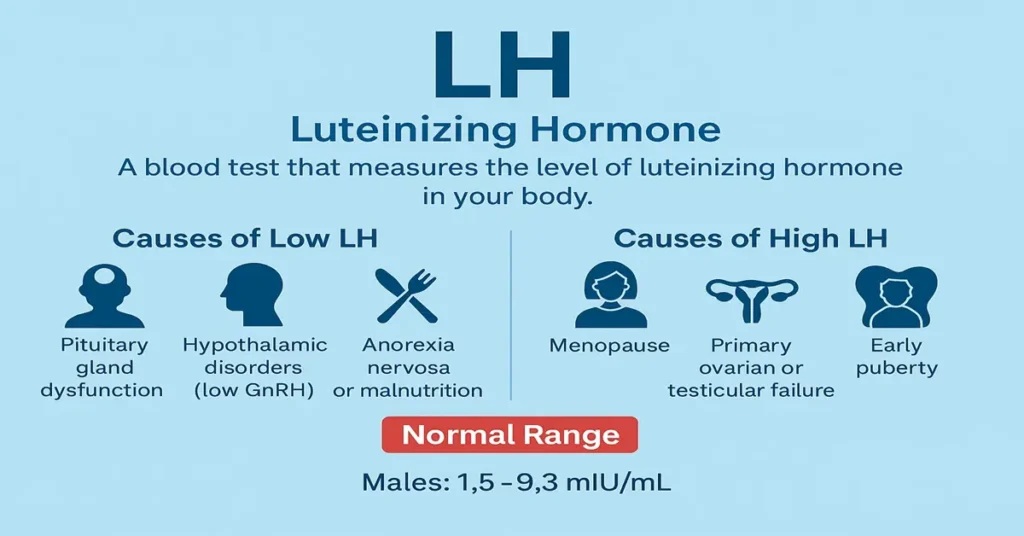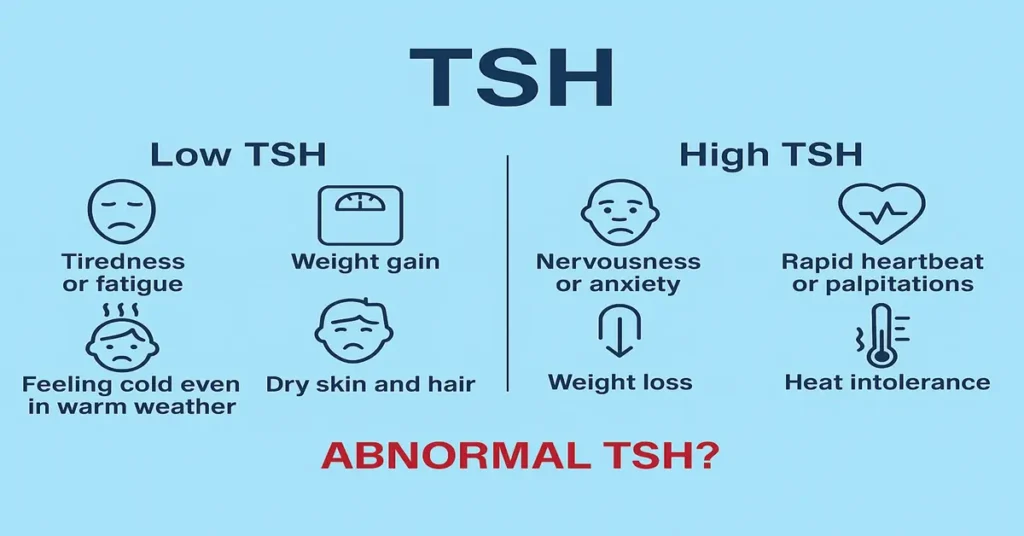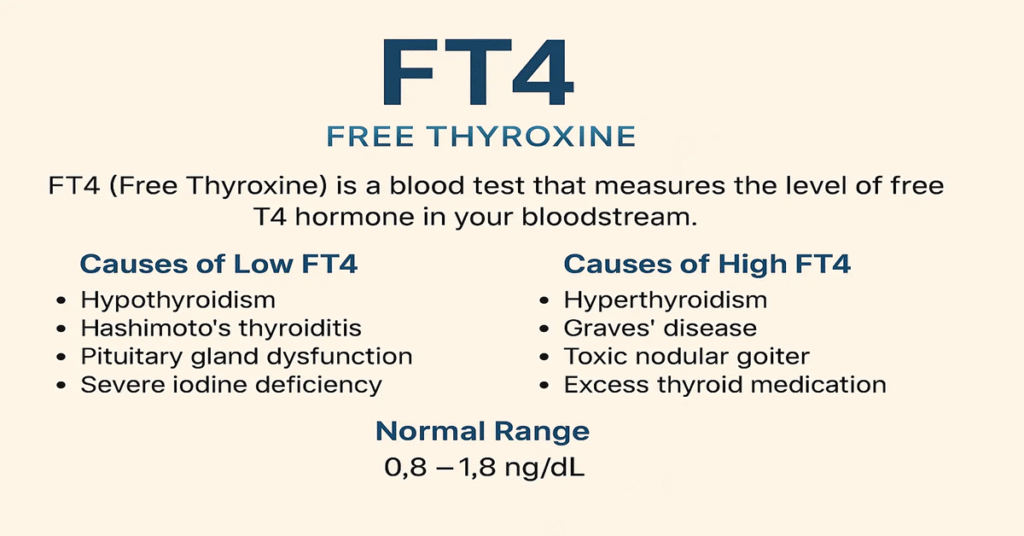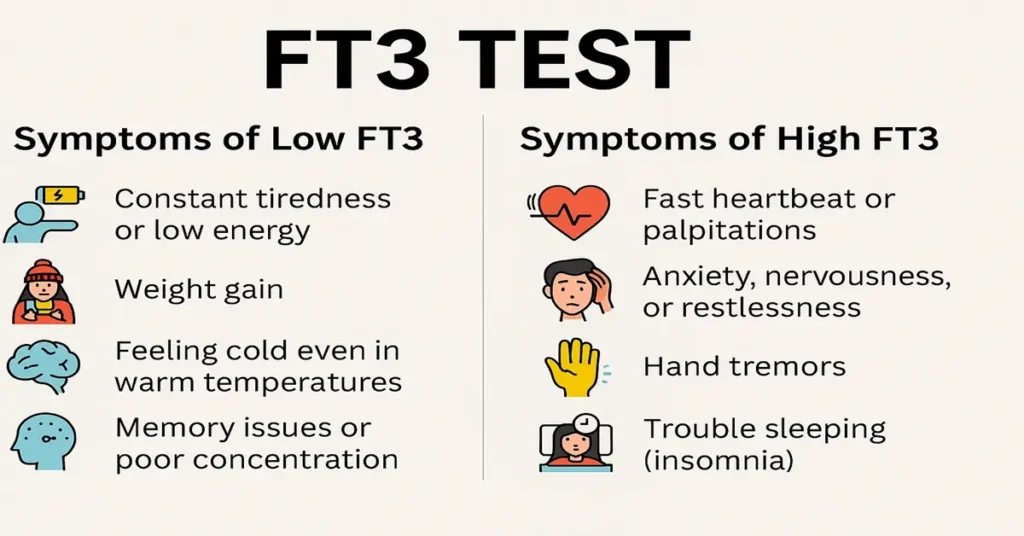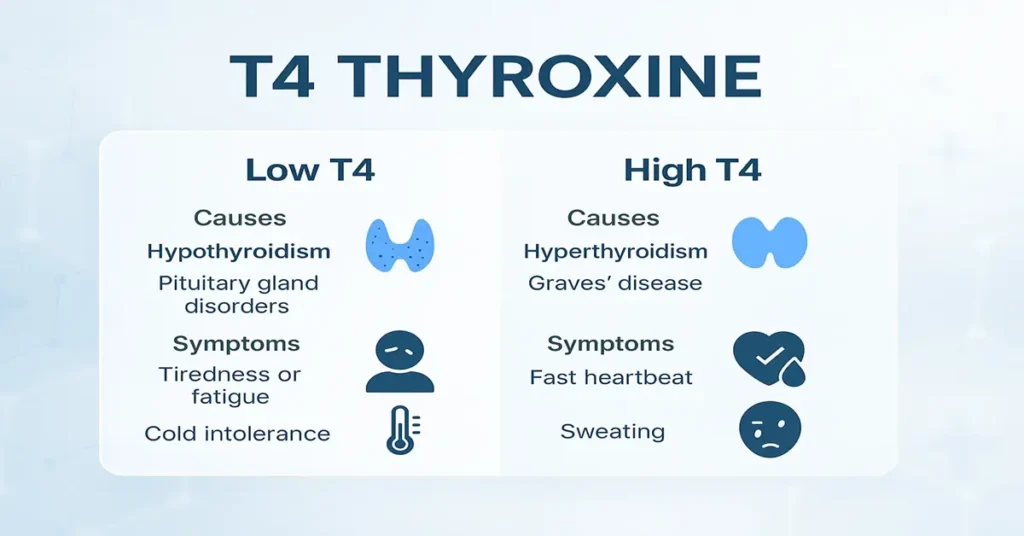17-OHP (17-Hydroxyprogesterone) Test – Meaning, Function, Normal Range, and Clinical Importance
The 17-OHP (17-Hydroxyprogesterone) test measures a hormone produced by the adrenal glands and gonads. It helps diagnose congenital adrenal hyperplasia (CAH) and other adrenal disorders. Learn about its function, normal range, causes of high or low levels, and clinical significance.

